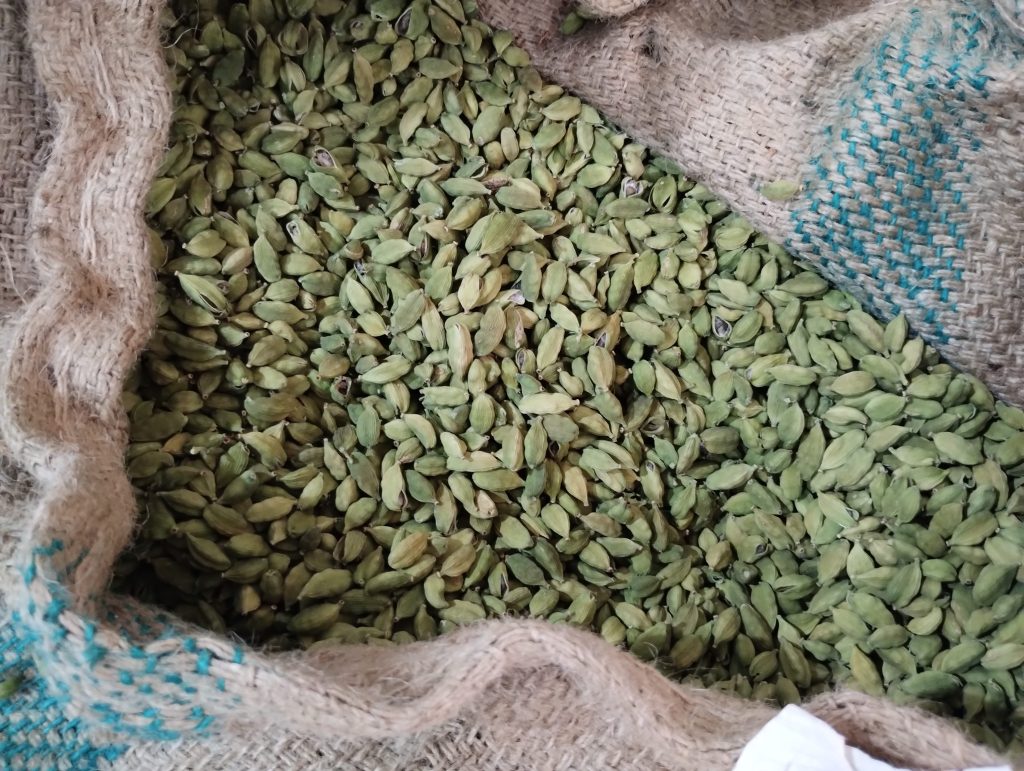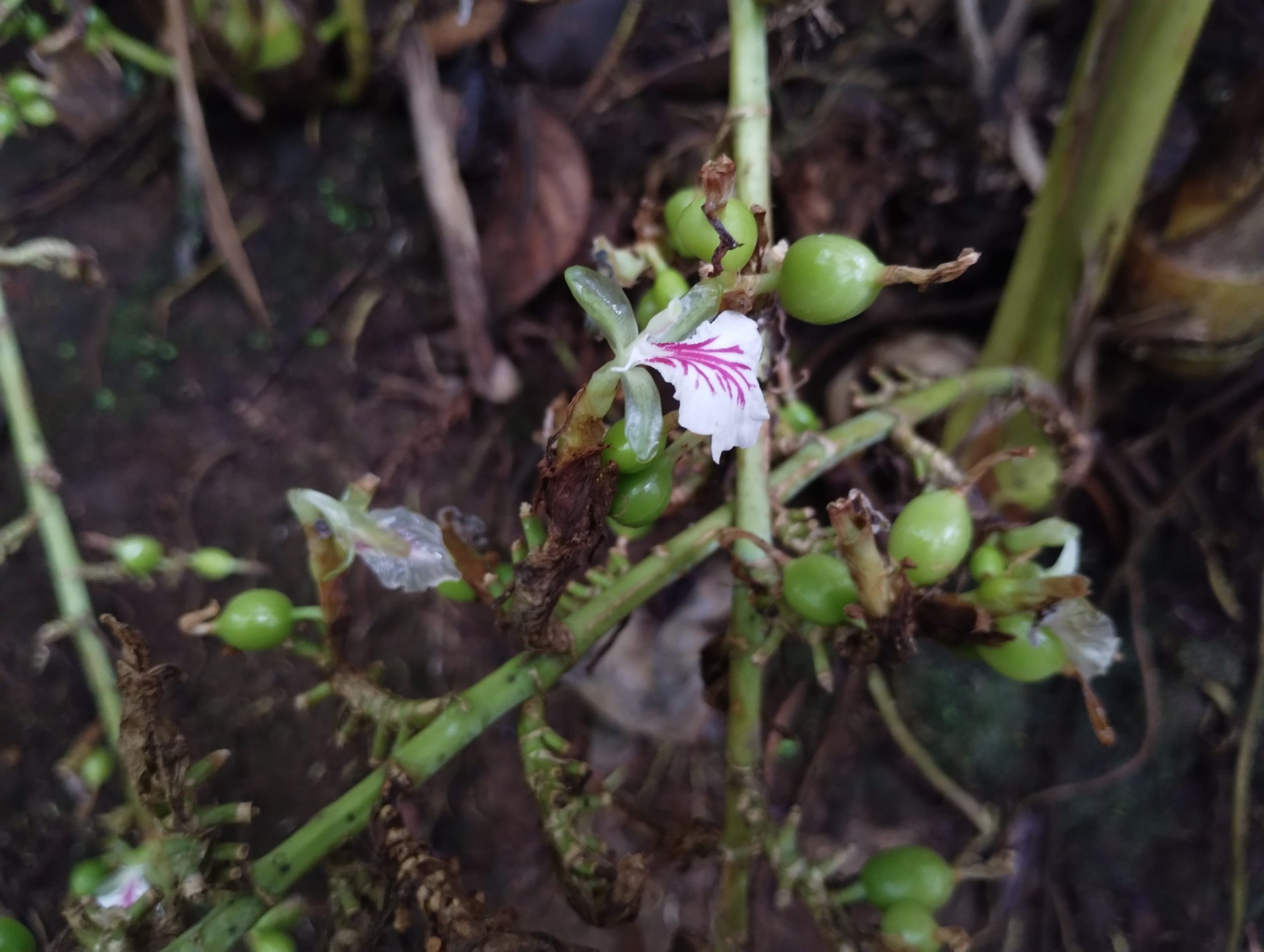Only one in 400 small cardamom cultivators manage to even get export-oriented subsidies
By Abhyjith. K.A | January 2, 2024
George Kutty, a 59‐year‐old cultivator of small cardamom in Idukki, Kerala spent six months to avail irrigation subsidies from the Spices Board of India for constructing a bore well on his farm. “It is hard to deal with the Spices Board offices to get subsidies as it involves a lot of time, travelling, and documents,” said Kutty.
He had also applied for subsidies to construct a water storage structure, but hasn’t received it yet. “Corruption is rampant in the offices and my subsidy is still pending because of that,” he said.
In February 2022, Piyush Goyal, the Union Minister of Commerce and Industry, called upon the spices industry to double the sector exports to USD 10 Billion in the next five years through the Spices Board’s export schemes, according to a central government press release.
India is the largest exporter of small cardamom after Guatemala in terms of value, as per the latest World Bank data.
However, Kutty’s problems in availing subsidies are the same problems faced by thousands of small cardamom cultivators across Kerala.
Small cardamom, or “Cardamom of Commerce” is often referred to as the “Queen of Spices.” It provides aroma, taste, versatility and nutritional value to many Indian dishes like Biriyani, curries, tea, etc and even sweet dishes like Kheer. It’s also popular in the Middle Eastern region for flavouring beverages and in Scandinavian countries for making sweetbreads.
Despite this, the lives of the cultivators of the “Queen of Spices” are much less royal and sweet than the dishes it represents.
The Spices Board of India, the “flagship” government organization for the development and worldwide promotion of Indian spices is the prime vehicle for executing the commerce minister’s vision.
Small and large cardamom are the only two spices for which, the Spices Board exclusively controls the scientific development for, as it was formed only after merging the erstwhile Cardamom Board with the Spices Export Promotion Council. Development of all the 50 other Indian spices are taken care of by the Ministry of Agriculture.
The Spices Board offers ‘export oriented production’ subsidies for both small and large cardamom. These include subsidies for cardamom certified nurseries, replanting, irrigation, organic farming, post-harvest improvement, and human resource development.
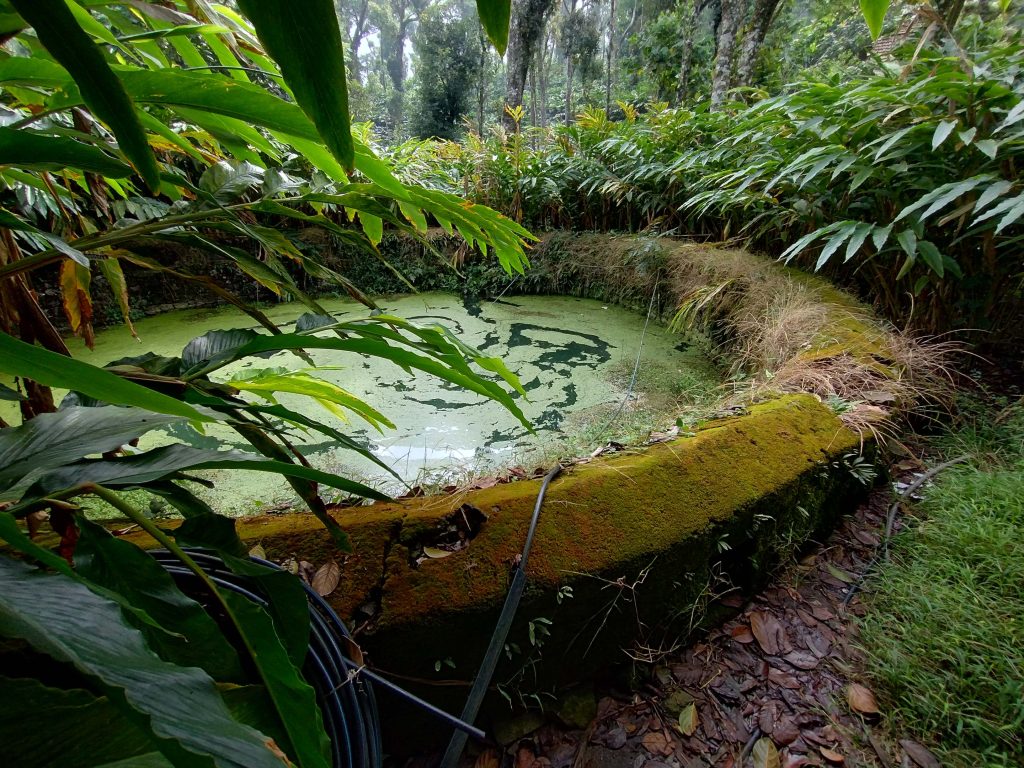
Despite this, the Spices Board of India’s annual allocation has consistently remained at just Rs.115 crore for the last three years, according to the Ministry of Commerce’s budget statement.
This is not sufficient because there are more than 2 lakh small cardamom farmers and only about 500 farmers can be considered for subsidies, said a Spices Board of India official who did not wish to be named.
That means just 0.25% or just one in 400 of the total estimated cardamom cultivators are actually getting subsidies annually.
The vast majority of India’s small cardamom is grown in Kerala. Idukki, Wayanad and Palakkad districts are where over 95% of small cardamom is grown, with Idukki district being where 85% of all small cardamom is grown, as per Spices Board data.
The Spices Board Act says small cardamom cultivators in Kerala need to obtain a certificate of registration for cardamom production in order to officially designate their land as a cardamom plantation and avail subsidies from the Spices Board.
“Among an estimated two-lakh cultivators, only some 50,000 people are having an original certificate of registration,” said the anonymous Spices Board official. That means only around one-fourth of all small cardamom cultivators even have a certificate of registration.
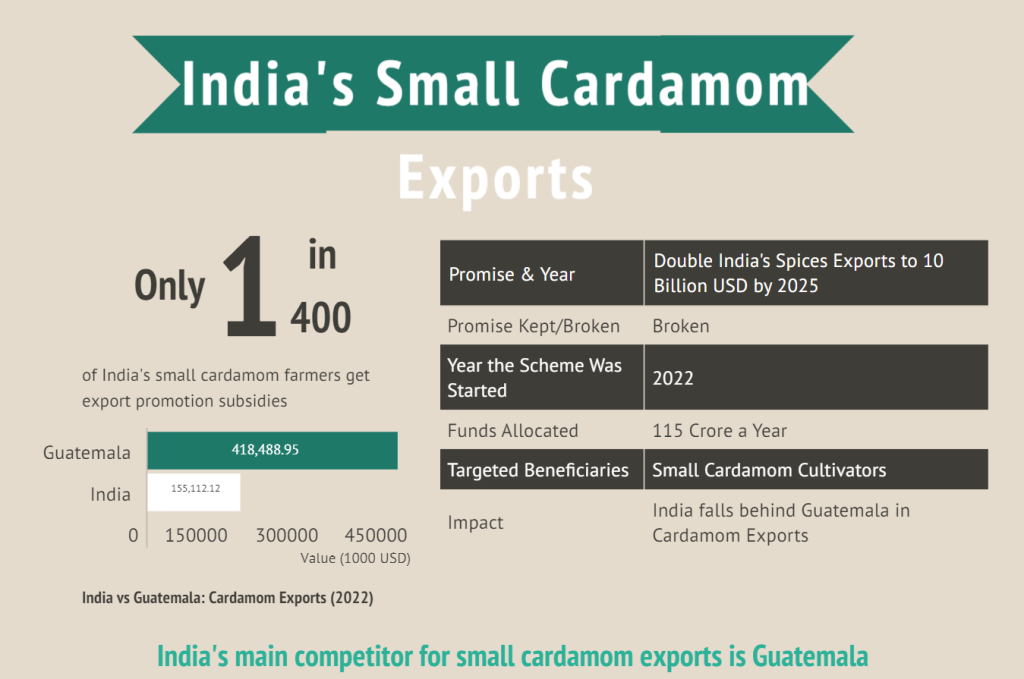
“The low number of registrations is because most farmers don’t have the time for the formalities involved in getting registered and availing subsidies,” said R. Kannan, cultivator and founder of PRK Spices, in Thekkady, Idukki District. “Some larger cultivators can afford to send representatives to get the job done, but the majority of cultivators who work on their own farm cannot do so.”
Lack of concrete awareness regarding subsidies among other small cultivators is another far-reaching problem across Kerala. “We never tried to register with the spices board or avail subsidies so far as our land is just of 25 cents,” said Parveen Fathima, a small cardamom cultivator in Thekkady, Idukki. “We have been growing small cardamom for the last 10 years. My husband is an autorickshaw driver and the cardamom serves as an additional source of income for us.”
The minimum area of land required for registration with the Spices Board and availing subsidies is 0.1 hectares or 24.7 cents. The Spices Board provides subsidies only to cultivators whose land size is between 0.1 to 8 hectares (0.25 acres or 25 cents to 20 acres or 2000 cents).
Some cultivators faced issues in even getting a certificate of registration. “I gave my application for registering many times with the village office, and then went to the Taluk office. After going there twice, they simply told me they lost the file containing the documents,” said Thomas Matthew, a small cardamom cultivator in Thekkady, Idukki. “I went behind them like this a lot and then finally gave up. I couldn’t get my certificate of registration.”
The larger cultivators are the ones who usually deal with exporters directly. The Spices Board doesn’t provide any subsidies or guidance to them regarding sound agricultural practises if their plantation is over 8 hectares or 20 acres in size. Large growers also have higher operating costs.
“We had losses of about Rs.50 lakh last year as the prices were low and the rainfall was also very poor,” said Sabu Varghese, Manager of Vanarani Estate, a 110 acre cardamom plantation in Meppadi, Wayanad, which also has individual export clients. “We are owned by a parent company, Ambika constructions, so we can afford to still operate.”
Varghese said it costs Rs.1200 to produce one kg of cardamom. All other smaller cardamom producers cited Rs.1000 as their operating cost.
The rising labour costs and low productivity is explained in detail by Shome Thomas Philip, manager of Thottassery estate, a 15-acre cardamom plantation in Anavilasam, Idukki district. Philip had received an award from the Spices Board in 2003 for producing a record yield of two tons of cardamom per acre in that one year.
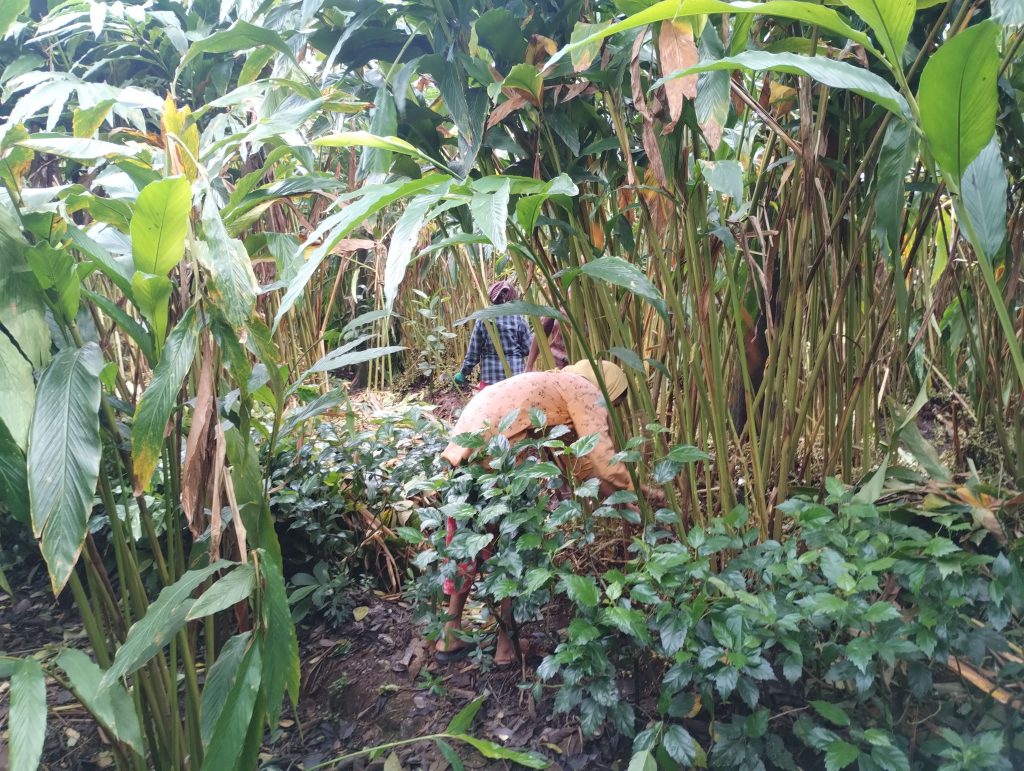
“The scene is dominated by female labourers and they are paid Rs.500 for 7 hours of work a day, but it’s a challenge to find workers,” said Philip. “Two decades ago, the scenario was different as workers were in abundance, so there was competition among themselves and they used to harvest 40 kgs of produce in seven hours of work.”
Today, a worker generally harvests only about 13 kgs of produce in the same time.
Many plantations are suffering without workers, so they are bringing them from other states such as West Bengal, said Jerry Krishnan, Manager, Meenakshi Vilas Estate, Meppadi, Wayanad. “Its difficult to manage people as there is usually a lot of union activity with the state government also favouring it. Productivity is quite low.”
The new workers from other states will work hard initially, but the native permanent workers will threaten and pressure them into reducing their productivity to match theirs, he said.
Earlier, India’s cardamom exports ranged from 3,500 to 5,000 tonnes a year which went up to 10,000 tonnes in 2021-22, a bumper year. “This was only because Guatemala, our major competitor, faced production issues due to the Covid-19 pandemic the same year,” said K. Reji, Assistant Director of Marketing, Spices Board of India.
Official emails sent to the Spices Board of India and the Ministry of Commerce, seeking data on the allocation to subsidies specifically as well as comments on the matter elicited no responses.
“Idukki is full of small cardamom farms like mine,” said George Kutty, who has been cultivating small cardamom on his one and a half acre farm for the last 40 years. “Small cardamom is a special crop. It gives us yields every other month, compared to the small coffee field I also own, which gives its yield only once a year.”
